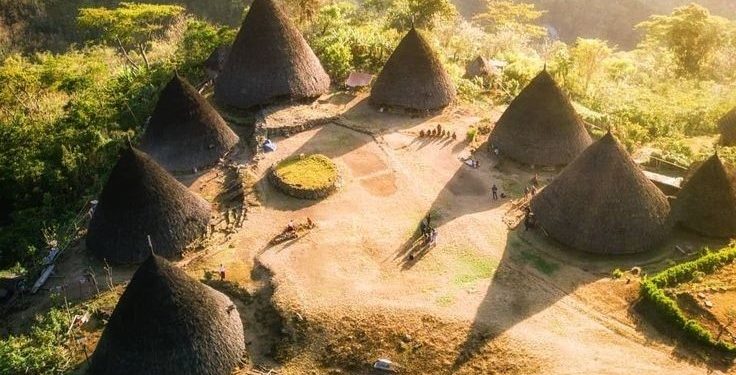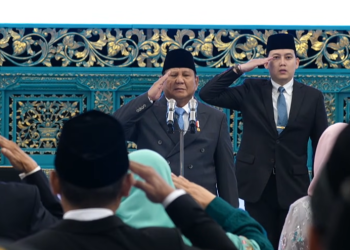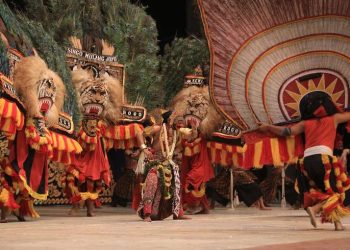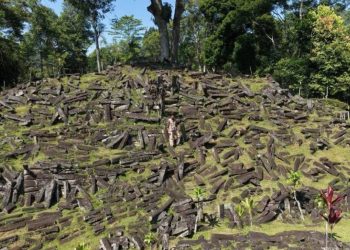Jakarta, Indonesia Sentinel — Nestled in the highlands of East Nusa Tenggara, Indonesia, the remote village of Wae Rebo stands as a testament to both cultural heritage and natural splendor. Perched at an altitude of approximately 1,100 meters above sea level, the village has earned the moniker “The Village Above the Clouds,” offering visitors a rare blend of breathtaking landscapes and cultural immersion.
Located in Manggarai Regency on Flores Island, Wae Rebo received the Top Award of Excellence at the UNESCO Asia-Pacific Heritage Awards in 2012. The village is celebrated for preserving its traditional architecture and cultural practices despite its isolation.
Reaching Wae Rebo requires determination and physical endurance. Travelers must embark on a 3-4 hour trek on foot from Denge, the last accessible village by road. The journey, however, is richly rewarding. Visitors are greeted by a panoramic view of conical traditional houses set against lush green forests and towering mountains.
Roots and Heritage
The origins of Wae Rebo’s community are among its most intriguing aspects, as the villagers trace their ancestry back to the Minangkabau ethnic group. The origins of Wae Rebo trace back to a Minangkabau man named Empu Maro, who is believed to have sailed from Sumatra and settled in the region over a century ago.
Today, the village is home to approximately 1,200 people, predominantly Catholic, though traditional beliefs are still practiced. The villagers rely on agriculture, cultivating cassava, corn, coffee, vanilla, and cinnamon, which they sell in markets located about 15 kilometers from the village.
The Iconic Traditional Homes
The village consists of seven traditional cone-shaped houses, known as Mbaru Niang, each standing as a symbol of the community’s resilience and connection to their ancestors.
The traditional Mbaru Niang houses are architectural marvels, each with five distinct levels serving specific purposes:
- Lutur: The ground level, serving as living quarters for families.
- Lobo: The second level, used for food and goods storage.
- Lentar: The third level, where seeds for future planting seasons are kept.
- Lempa Rae: The fourth level, a reserve food storage space for times of drought.
- Hekang Kode: The fifth and most sacred level, designated for ancestral offerings.
Additionally, within the community, one house is reserved exclusively for community rituals and houses sacred heirlooms, including ceremonial drums and gongs.
Getting to Wae Rebo
To get to Wae Rebo, travelers typically start their journey from Komodo International Airport in Labuan Bajo. From there, travelers would drive approximately 3 hours to Ruteng and continue to Denge, the last stop before Wae Rebo by motorcycle. The final leg of 3-4 hour trek on foot from Denge was a challenging but scenic hike to reach the village.
Read also : Indonesia’s Waerebo Ranks Among World’s Most Beautiful Small Towns in 2024
Wae Rebo is not just a travel destination; it is a spectacle of Indonesia’s cultural heritage, offering an unforgettable experience for those willing to undertake the journey into the clouds. The breathtaking scenery solidifies Wae Rebo’s reputation as one of the most beautiful small villages in the world.
(Raidi/Agung)

























